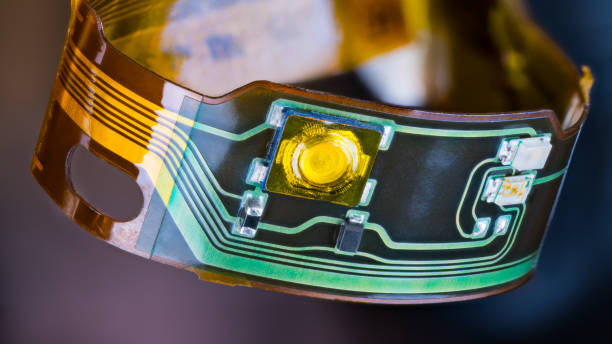Pioneering the Future: How Laser Communications are Reshaping the Internet and Telecom Sector
The first light bulb, the first telephone, the first computer—all these inventions revolutionized their respective fields and marked the start of a new era. Today, our attention turns to a relatively new, yet promising technology in the telecom sector—laser communications. This article delves into the evolution of laser communications, current industry trends, and the implications on networking technologies and internet infrastructure.

A Deeper Look into Laser Communications
The concept of laser communications is not entirely new. The technology was first proposed in the 1960s, but due to technical constraints and the nascent nature of lasers, it was relegated to the realm of science fiction. Fast forward to the 21st century, and laser communication is now a reality, thanks to advancements in laser technology and data transmission.
Laser communications work by sending information encoded in the form of light pulses via lasers. Compared to traditional radio frequency communications, laser communications offer higher data rates, consume less power, and are less susceptible to interference. These advantages make it a prime candidate for the next-gen communication technology.
Current Industry Trends and Regulatory Changes
The adoption of laser communications is on the rise, with several tech giants, including NASA and SpaceX, investing heavily in this technology. The demand for faster, more secure, and power-efficient communication networks is driving this trend. Various regulatory bodies worldwide are also supporting the development and integration of laser communications into existing communication infrastructures.
However, it’s not all smooth sailing. There are challenges, including atmospheric interference and the need for precise alignment. Overcoming these obstacles requires further research and technological advancements.
Impact and Practical Applications of Laser Communications
The benefits of laser communications are far-reaching. For instance, in satellite communications, the technology could offer faster, real-time data transmission, enhancing services like weather monitoring, disaster management, and global communications.
For internet service providers, laser communications could provide a feasible solution for last-mile connectivity issues in hard-to-reach areas. Moreover, the technology could change the face of secure communications, thanks to its immunity to radio frequency interference and eavesdropping.
The Road Ahead: Challenges and Opportunities
While laser communications hold great promise, several challenges need to be addressed. These include the development of reliable, cost-effective lasers, overcoming atmospheric and environmental interference, and creating global standards for laser communications.
Despite these challenges, the potential benefits of laser communications make it a promising technology. Governments, private companies, and research institutions worldwide are rallying behind this technology, making significant strides in its research and development.
In conclusion, laser communications are poised to revolutionize the telecom sector and internet infrastructure. While challenges lie ahead, the opportunities are vast, promising a future where communication is faster, more secure, and efficient. As we continue to push the boundaries of what’s possible, we move closer to a new era in telecommunications—one where lasers light the way.





